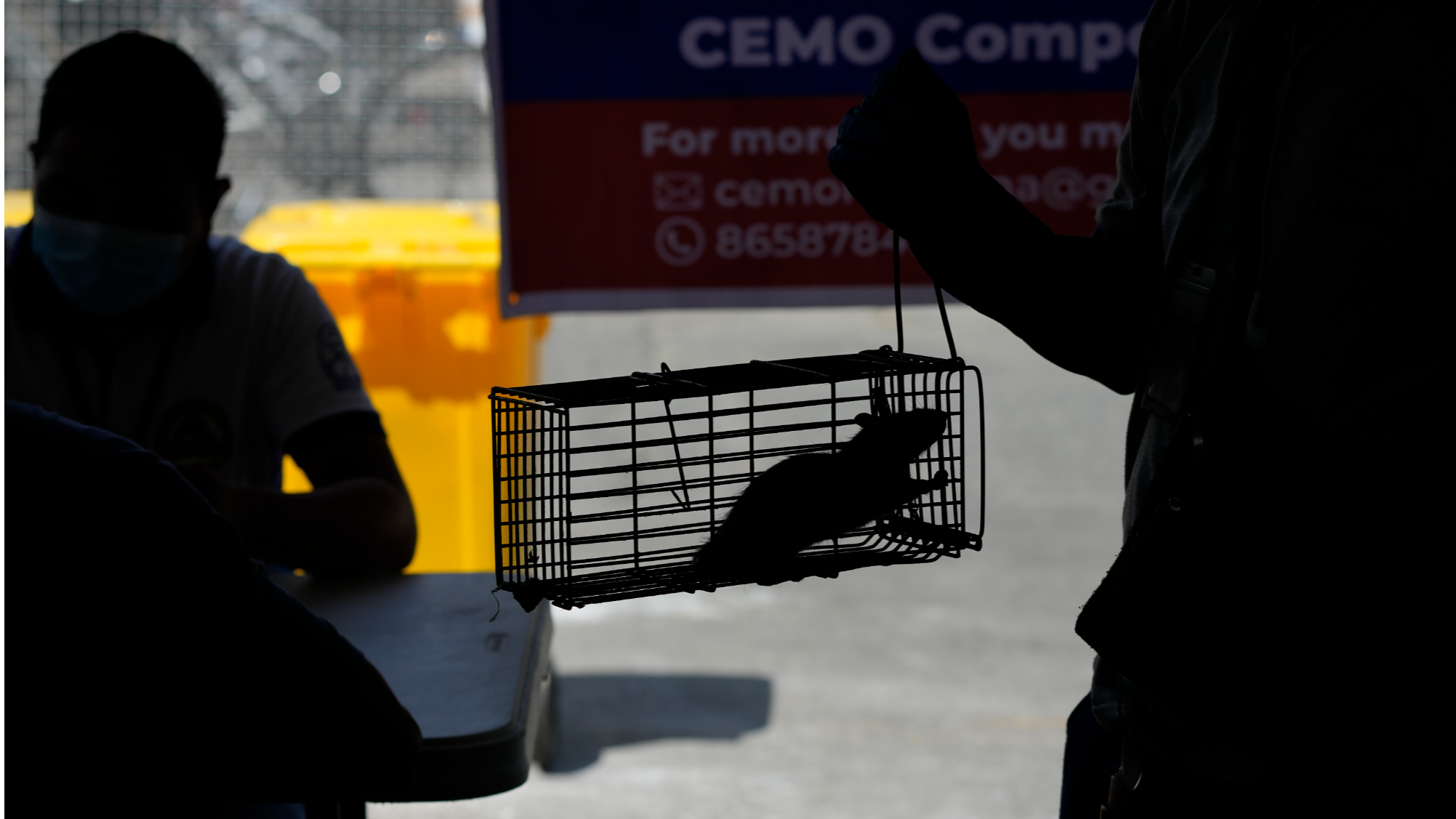
MANILA — The Philippines' Department of Health (DOH) said Tuesday that leptospirosis cases have continued to rise after the July 24 severe flooding that hit Metro Manila and nearby provinces.
From January to Aug 3, DOH tallied 2,115 cases and 224 deaths. The most recent epidemiologic data recorded 255 new leptospirosis cases from July 21 to Aug 3, 17 percent higher than the 217 cases recorded from July 7 to 20.
"The DOH epidemiologists continue to be cautious in interpreting trends as there may be late reports," DOH spokesperson Assistant Secretary Albert Domingo said.
READ MORE: Philippines urges hospitals to ‘activate’ leptospirosis response
The incubation period of leptospirosis ranges from two to 30 days, with a clinically observed average of seven to 14 days.
At least two government hospitals in Metro Manila have expressed concern over the rising number of leptospirosis patients, forcing them to set up additional wards to accommodate more patients, especially those requiring dialysis.
Leptospirosis is a bacterial disease affecting humans and animals. According to the World Health Organization (WHO), humans get infected through direct contact with the urine of infected animals or with a urine-contaminated environment.
The bacteria enter the body through cuts or abrasions on the skin or the mucous membranes of the mouth, nose and eyes, according to the WHO.
READ MORE: Red Cross: 17.5m affected by floods, face risks of diseases in S. Asia
On July 24, Metro Manila and many parts of the country were underwater due to the continuous rainfall dumped by a typhoon and enhanced southwest monsoon.


